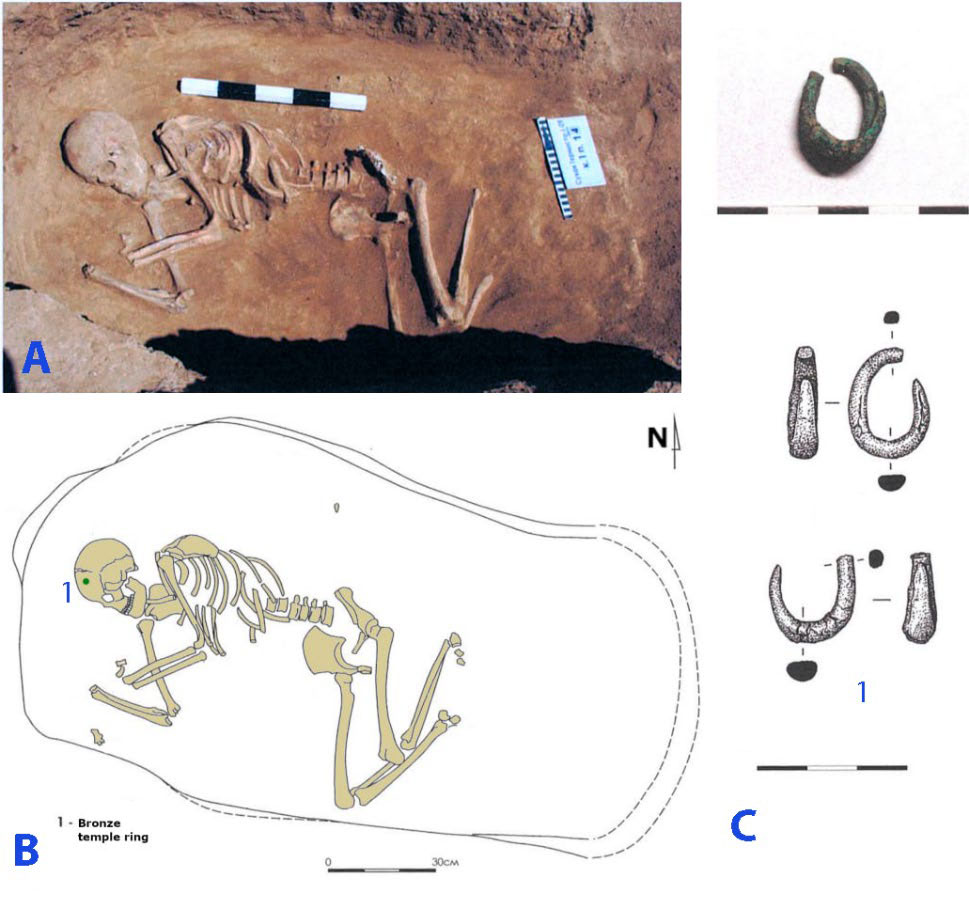It’s a shame Hitler never had access to this information.
Never mind. He never cared about truth anyway, only power.
The Yamnaya might be the first people to domesticate the horse. Spreading their language would be a significant consequece of that.
Here's the abstract from the published paper.
“The genetic origin of the Indo-Europeans” ( wow what a title)
The Yamnaya archaeological complex appeared around 3300 BC across the steppes north of the Black and Caspian Seas, and by 3000 BC it reached its maximal extent, ranging from Hungary in the west to Kazakhstan in the east. To localize Yamnaya origins among the preceding Eneolithic people, we assembled ancient DNA from 435 individuals, demonstrating three genetic clines. A Caucasus–lower Volga (CLV) cline suffused with Caucasus hunter-gatherer1 ancestry extended between a Caucasus Neolithic southern end and a northern end at Berezhnovka along the lower Volga river. Bidirectional gene flow created intermediate populations, such as the north Caucasus Maikop people, and those at Remontnoye on the steppe. The Volga cline was formed as CLV people mixed with upriver populations of Eastern hunter-gatherer2 ancestry, creating hypervariable groups, including one at Khvalynsk. The Dnipro cline was formed when CLV people moved west, mixing with people with Ukraine Neolithic hunter-gatherer ancestry3 along the Dnipro and Don rivers to establish Serednii Stih groups, from whom Yamnaya ancestors formed around 4000 BC and grew rapidly after 3750–3350 BC. The CLV people contributed around four-fifths of the ancestry of the Yamnaya and, entering Anatolia, probably from the east, at least one-tenth of the ancestry of Bronze Age central Anatolians, who spoke Hittite4,5. We therefore propose that the final unity of the speakers of ‘proto-Indo-Anatolian’, the language ancestral to both Anatolian and Indo-European people, occurred in CLV people some time between 4400 BC and 4000 BC.”
I don't have institutional access to Nature anymore. This is one paper I'd like to read.
the Anatolian languages were descended from a language spoken by a group that had not been adequately described before, a Chalcolithic population... How did that happen? I'd chalk it up their mixing with the Calque People.
Good luck explaining to the experts, though --
Etymology
From New Latin, from Ancient Greek χαλκός (khalkós, “copper”). Despite the appearance in English of a possible relation of chalco- to chalk, and any plausible semantic and cognate connections between limestones and ores in ancient times, the terms are not related by any known cognation. Note also the hard ch sound (/k/) in chalco- and words generated therefrom, which differs from the soft ch sound in chalk.
https://en.wiktionary.org/wiki/chalco-#English
